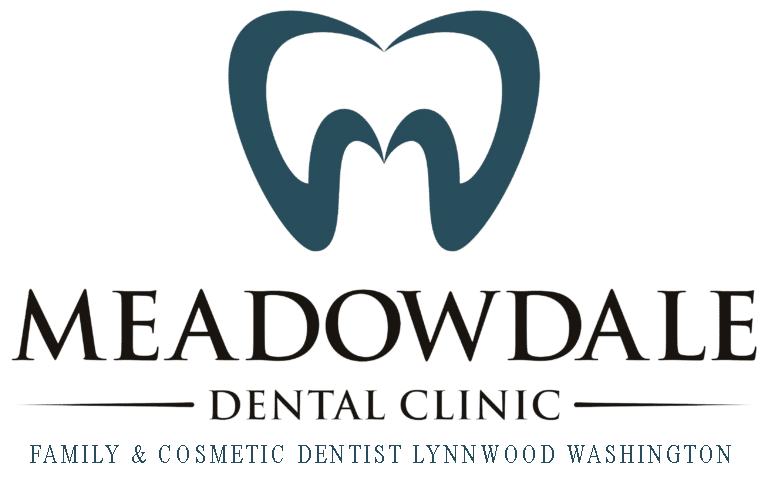Tooth Decay Symptoms
As you eat and drink throughout the day, bacteria uses the sugars to produce acid. Once this acid starts to cause damage to your tooth’s enamel, you have tooth decay. As the acid and bacteria move from the enamel to the dentin and then to the pulp, the tooth decay advances to dental caries or cavities. Tooth decay can even progress to gum disease, infections and abscesses.
Symptoms of tooth decay
As tooth decay starts, you may not have any pain in your teeth, but as it progresses and the enamel breaks down you may have more obvious symptoms. Tooth decay is progressive so the symptoms usually get more pronounced as it worsens.
- Toothache – You may have occasional striking pain in your tooth or even continuous throbbing pain. Depending on the location of the cavity and the tooth in your mouth, the level of pain may vary from person to person.
- Tooth Sensitivity – As the enamel breaks down, and the bacteria moves deeper into your tooth’s tissue, more nerve tissue is connected and eventually exposed. When you eat or drink something hot, cold, or very sweet, your damaged tooth will be more sensitive that those around it.
- Discoloration – Once your tooth starts losing minerals in its enamel, you may notice a white spot. The white may change to grey, yellow, brown or even black.
- Halitosis or Bad Taste In Your Mouth – The large presence of bacteria results in consistent bad breath.
Seeing a dentist
It is important to keep twice yearly appointments with the dentist to monitor and treat any tooth decay that has started between visits. Not only is the tooth decay potentially reversible, it is less complicated and less expensive to address in its early stages. Untreated tooth decay can lead to serious infections and tooth loss. Often, dentists are able to diagnose tooth decay with an examination and a simple x-ray. Who wouldn’t want to avoid a root canal procedure or the cost of a tooth removal?
Treatments for tooth decay
Depending on how advanced your tooth decay is, the dentist may be able to treat your teeth with a fluoride paste to replace the stripped minerals from your enamel. As the tooth decay progresses, the dentist may need to address the cavity with a filling or even a crown, depending on the size of the cavity and the location of the cavity on your tooth. Once the tooth decay has affected your tooth’s pulp, the dentist may recommend a root canal to remove the infected and damaged tissue. Finally, if the tooth is very damaged and the dentist is not able to bring your tooth back to health with a crown or a filling, then the dentist may need to remove the tooth. The dentist can recommend a denture, implant, or bridge to replace the missing tooth and to keep your smile full and bright.
Preventing tooth decay
Even though most adults have to address tooth decay on their permanent teeth, you do not have to have a mouth full of crowns and fillings. With regular dental checkups, brushing, flossing and a diet low in sugar and acid, you can prevent and stop any tooth decay.
More on tooth decay : What are the Stages of Tooth Decay?
